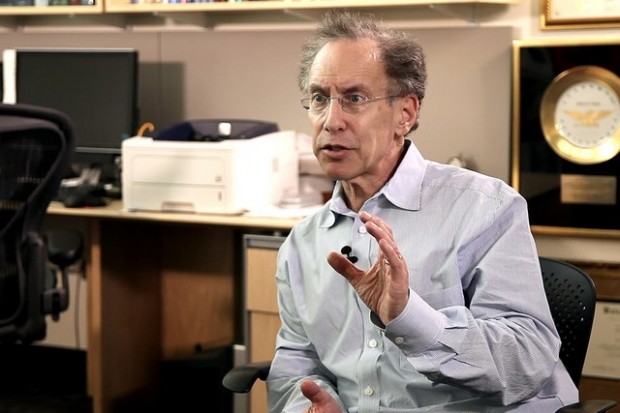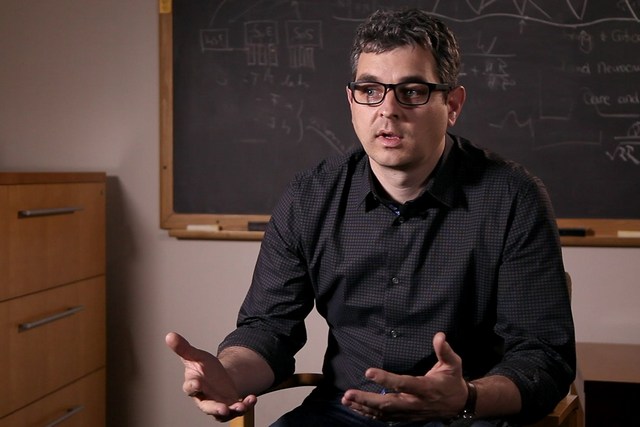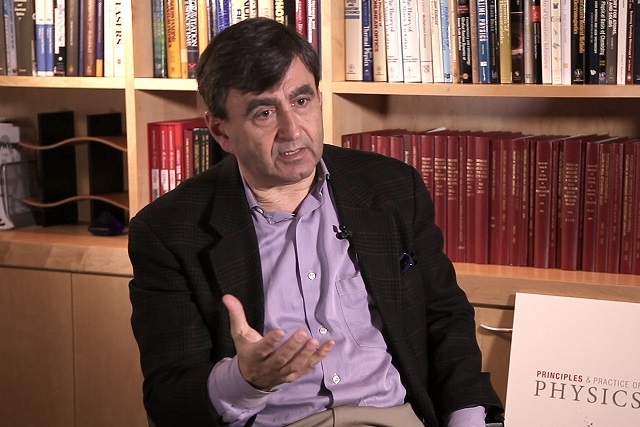Micromachining and Nanosurgery
Physicist Eric Mazur on the features of ultrashort laser pulses in transparent materials, new prospects in data storage, and nanosurgery
videos | February 26, 2015
How can ultrashort wave lasers be connected to surgery? What are the main hurdles of this method in storing data? Professor of physics at Harvard University, Eric Mazur, describes various applications of femtosecond laser pulses.
First of all let me briefly review what a femto second laser pulse is. A femtosecond laser pulse is an ultra-short laser pulse. One that lasts just millionths of a billionth of a second. When you make laser pulses that short, they become extremely intense. Such a high intensity that the interaction between light and matter changes completely from the standard interaction that we’re all used to.
So we used this technique for a number of different applications. One of them is data storage. In an ordinary CD, there is a set of pits, if you want, at the surface that are read by a little laser. You store one layer of data. In some DVDs there are a couple of layers that are stored. This technique permits the storage of hundreds of layers, because you can write them now not just at the surface, but inside the glass. You can imagine putting your entire collection of CDs onto a single platter. So this is high-density data storage, and it’s an absolutely unique technique.
One of the other things that my group showed was that you can actually do sub-cellular surgery. You can take a living cell and micro-manipulate the organelles inside the cell, or the membrane of the cell without killing the cell. Other things you can do are nano-neurosurgery, where you cut connections between individual neurons in little animals.






























